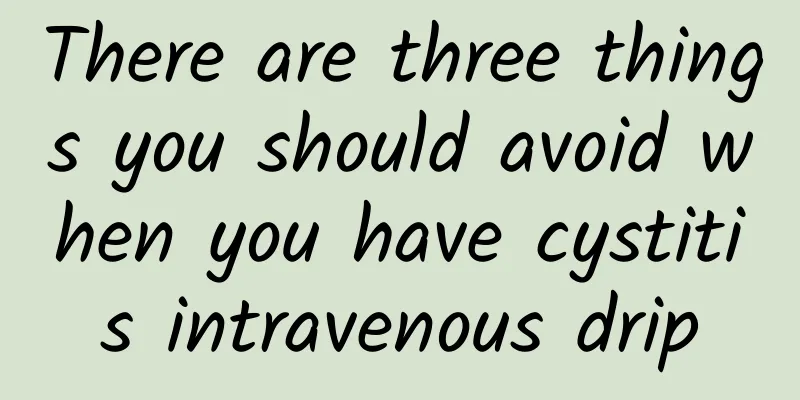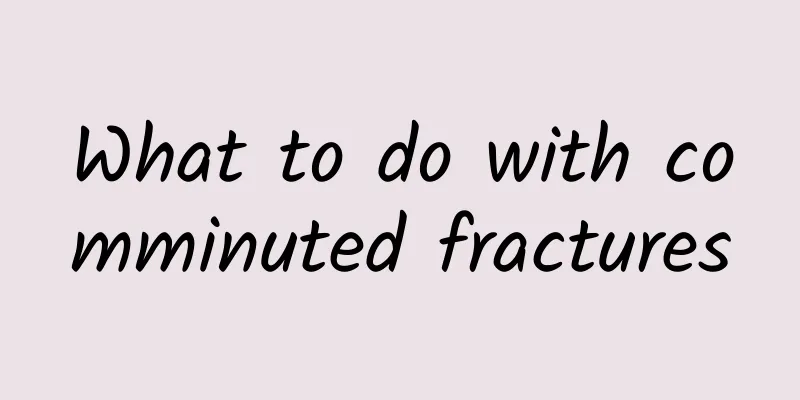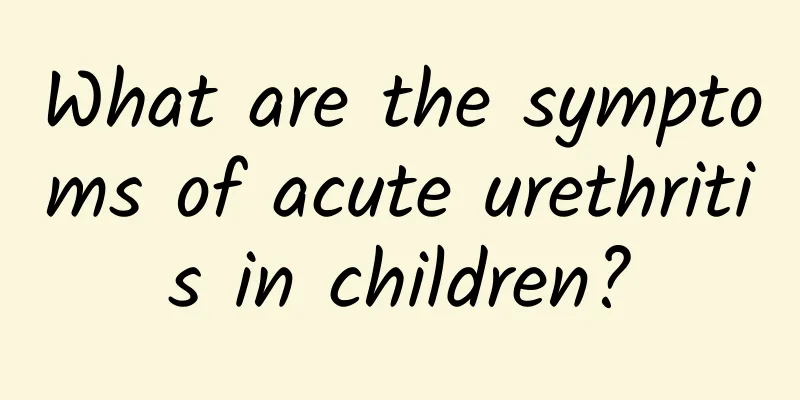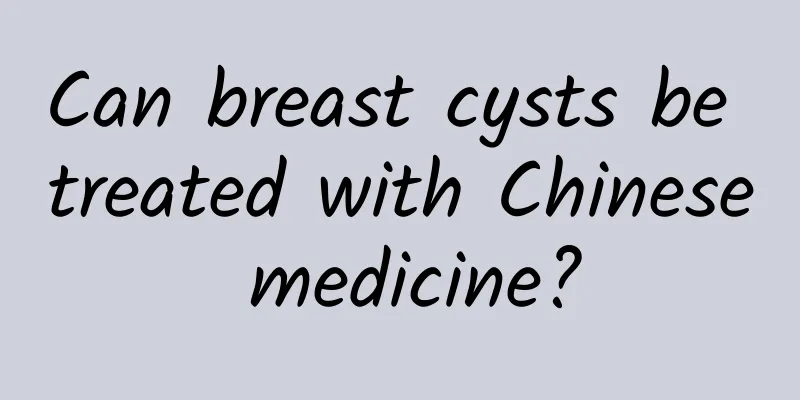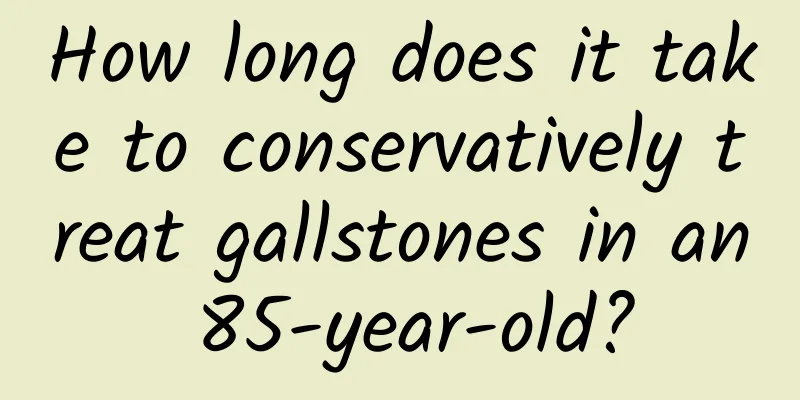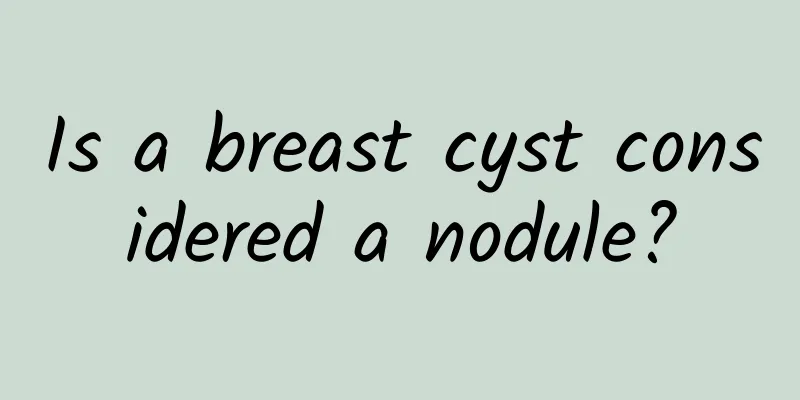What are the symptoms of neuralgic headache caused by cervical spondylosis?
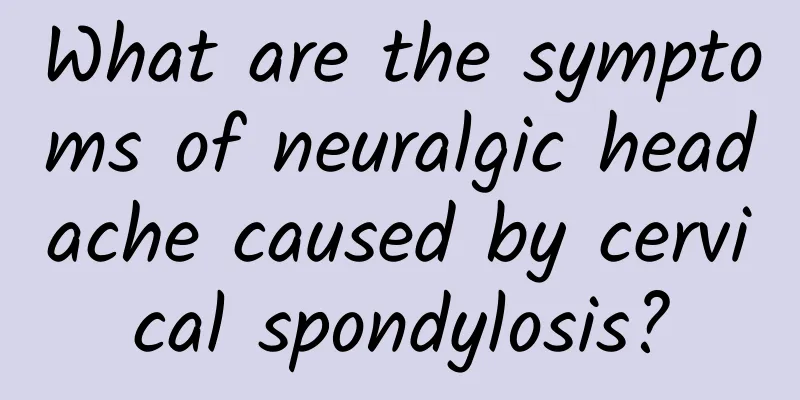
|
Neural headaches caused by cervical spondylosis usually present with symptoms such as localized pain in the head, radiating pain, dizziness, nausea, blurred vision, muscle tension, etc. In severe cases, they may even lead to sleep disorders and limited movement. This type of headache is mostly caused by cervical spondylosis compressing nerves and blood vessels. You should see a doctor as soon as possible, and at the same time, improve your lifestyle and cooperate with medical plans to relieve and treat it. 1Possible symptoms of neuralgic headache caused by cervical spondylosis The symptoms of neuralgic headaches are mainly caused by cervical disc herniation and vertebral bone hyperplasia compressing or irritating the cervical nerves and blood vessels, leading to abnormal nerve conduction and insufficient blood supply. Common symptoms include: Headache or pressure: mainly distributed in the back of the head and occipital area, sometimes radiating to the forehead, temples, etc. Dizziness and blurred vision: caused by compression of the vertebral artery, resulting in transient cerebral ischemia. Neck stiffness and upper limb discomfort: The neck and back muscles are tense and stiff, which may be accompanied by shoulder pain and numbness or weakness in the upper limbs. Nausea or tinnitus: Stimulation of the vagus nerve may cause nausea, while compression of nerves related to the inner ear may also induce tinnitus. In severe cases, it may also lead to difficulty concentrating, memory loss, and even restrictions on daily life. 2 Ways to Relieve Neurogenic Headaches If the above symptoms occur, you should seek medical attention as soon as possible to identify the cause of cervical spondylosis and cooperate with the following treatment methods: Drug treatment: Nonsteroidal anti-inflammatory drugs such as ibuprofen: relieve pain and inflammation; Neuromodulatory drugs such as gabapentin: control nerve sensitivity; Chondroprotective agents such as glucosamine: slow down cervical spine degeneration. Physical therapy: Massage and acupuncture: relieve muscle tension and nerve compression; Low-frequency electrical stimulation or medium-frequency treatment: promote local blood circulation; Neck traction: helps restore cervical spine stability. Lifestyle Adjustments: Improve sitting posture: maintain the natural physiological curvature of the cervical spine while working and avoid lowering your head for long periods of time; Appropriate exercise: such as head and neck relaxation exercises, swimming, to strengthen the neck muscles; Adjust the height of the sleeping pillow: choose a cervical pillow with good support performance, avoid one that is too high or too low. 3Surgical treatment is limited to severe cases For patients who are ineffective with conservative treatment, whose symptoms continue to worsen, or who have obvious neurological dysfunction, surgery may be considered: Discectomy: Removal of a herniated nucleus pulposus that is pressing on a nerve; Laminoplasty: Improves compression of the spinal cord and nerves; Cervical fusion: restores cervical spine stability and mechanical structure. If you find yourself having similar symptoms, you should seek professional medical diagnosis in time and not blindly deal with it yourself. Scientific treatment combined with a good lifestyle adjustment can help relieve neuralgia and prevent symptoms from getting worse. Paying attention to protecting your neck health and avoiding sitting for long periods of time with your head lowered can also prevent the occurrence or recurrence of cervical spondylosis. |
<<: Can varicose veins heal on their own?
>>: What is eosinophilic granulomatosis with polyangiitis
Recommend
How long does it take for anal abscess surgery to heal?
It usually takes 2 to 4 weeks for anal abscess su...
What are the symptoms of breast nodules
Breast nodules usually require medical attention ...
Symptoms of Lumbar Spinal Stenosis
Lumbar spinal stenosis refers to lumbar spinal st...
What harm does gallstones cause to the body?
Gallstones can cause harm to the body in many way...
Will exercise cause vomiting if you have gallstones?
If gallstones cause severe discomfort or frequent...
What is a perianal abscess in a child?
Perianal abscess in children usually presents wit...
What is the best medicine for ankylosing spondylitis?
Ankylosing spondylitis is a common disease in lif...
What causes hip synovitis?
Hip synovitis is inflammation caused by irritatio...
Specific medicine for treating breast cysts
Breast cysts are a common breast disease, and man...
Do breast cysts require surgery?
Whether a breast cyst requires surgery depends on...
How to treat 15-year-old rickets with severe bone deformation
Treatment of bone deformation caused by rickets a...
Can gallstones become cancerous?
Gallstones generally do not directly turn into ca...
How to treat knee bone spurs and walking pain?
Pain from walking caused by knee bone spurs can b...
What to eat after gallstone surgery? What are protein foods?
After gallstone surgery, if you want to recover q...
When should the perianal abscess drainage tube be removed?
The perianal abscess drainage tube is usually rem...
